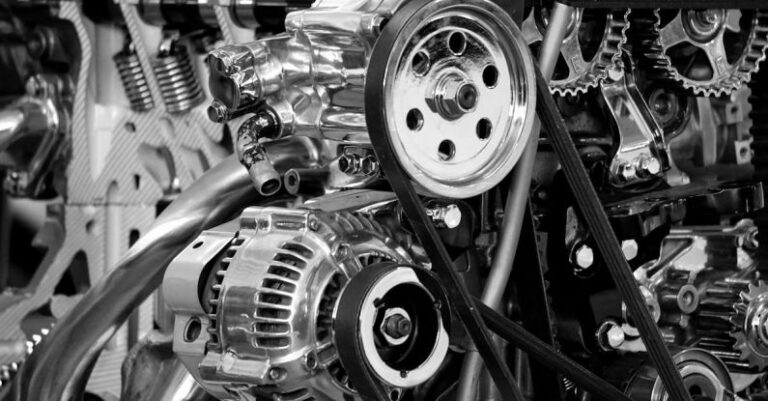
Rc robots can provide endless hours of entertainment and excitement, whether you’re a beginner or an experienced enthusiast. However, one element that can quickly put a damper on your remote-controlled fun is water damage. Water can wreak havoc on the delicate electronic components of your Rc robot, leading to malfunction or even complete failure. To prevent this from happening, it’s essential to take proactive steps to protect your Rc robot from water damage. In this article, we will explore some effective strategies to keep your Rc robot safe and dry.
Choose a Water-Resistant Rc Robot
When selecting an Rc robot, opt for a model that is specifically designed to be water-resistant or waterproof. Not all Rc robots are created equal, and some are more susceptible to water damage than others. Water-resistant Rc robots are equipped with sealed components and protective coatings that can help prevent water from seeping into the internal circuitry. Investing in a water-resistant Rc robot from the outset can save you a lot of hassle and potential repair costs down the line.
Seal Exposed Electronics
Even if your Rc robot is marketed as water-resistant, it’s still a good idea to take extra precautions to seal any exposed electronics. Use silicone sealant or waterproof tape to cover vulnerable areas such as seams, joints, and ports where water could potentially seep in. By creating an additional barrier against moisture, you can add an extra layer of protection to your Rc robot and minimize the risk of water damage.
Avoid Water Submersion
One of the most important rules to follow when it comes to protecting your Rc robot from water damage is to avoid submerging it in water. While some Rc robots may be able to withstand light splashes or rain, submerging them in water is a surefire way to cause irreparable damage. If you accidentally drop your Rc robot in water, immediately remove the batteries and allow it to dry thoroughly before attempting to power it on again. It’s also a good idea to consult the manufacturer’s guidelines for specific recommendations on what to do in case of water exposure.
Use Waterproofing Sprays
Another effective way to protect your Rc robot from water damage is to use waterproofing sprays or coatings. These products create a hydrophobic barrier that repels water and prevents it from infiltrating the electronic components of your Rc robot. Be sure to follow the manufacturer’s instructions when applying waterproofing sprays and allow an adequate drying time before using your Rc robot again. While waterproofing sprays can provide an added layer of protection, they are not foolproof, so it’s still important to exercise caution when using your Rc robot near water.
Practice Safe Operating Procedures
To minimize the risk of water damage to your Rc robot, it’s essential to practice safe operating procedures whenever you’re using it in wet or damp conditions. Avoid driving your Rc robot through puddles, mud, or other waterlogged areas where moisture could potentially enter the internal components. If you’re unsure about the water resistance of your Rc robot, err on the side of caution and keep it away from water altogether. By being mindful of where and how you use your Rc robot, you can significantly reduce the likelihood of water-related mishaps.
Conclusion: Safeguarding Your Rc Robot
In conclusion, protecting your Rc robot from water damage requires a combination of proactive measures and responsible operating practices. By choosing a water-resistant model, sealing exposed electronics, avoiding water submersion, using waterproofing sprays, and practicing safe operating procedures, you can safeguard your Rc robot and prolong its lifespan. Remember that prevention is key when it comes to protecting your Rc robot from water damage, so take the necessary steps to keep it safe and dry during your remote-controlled adventures.





